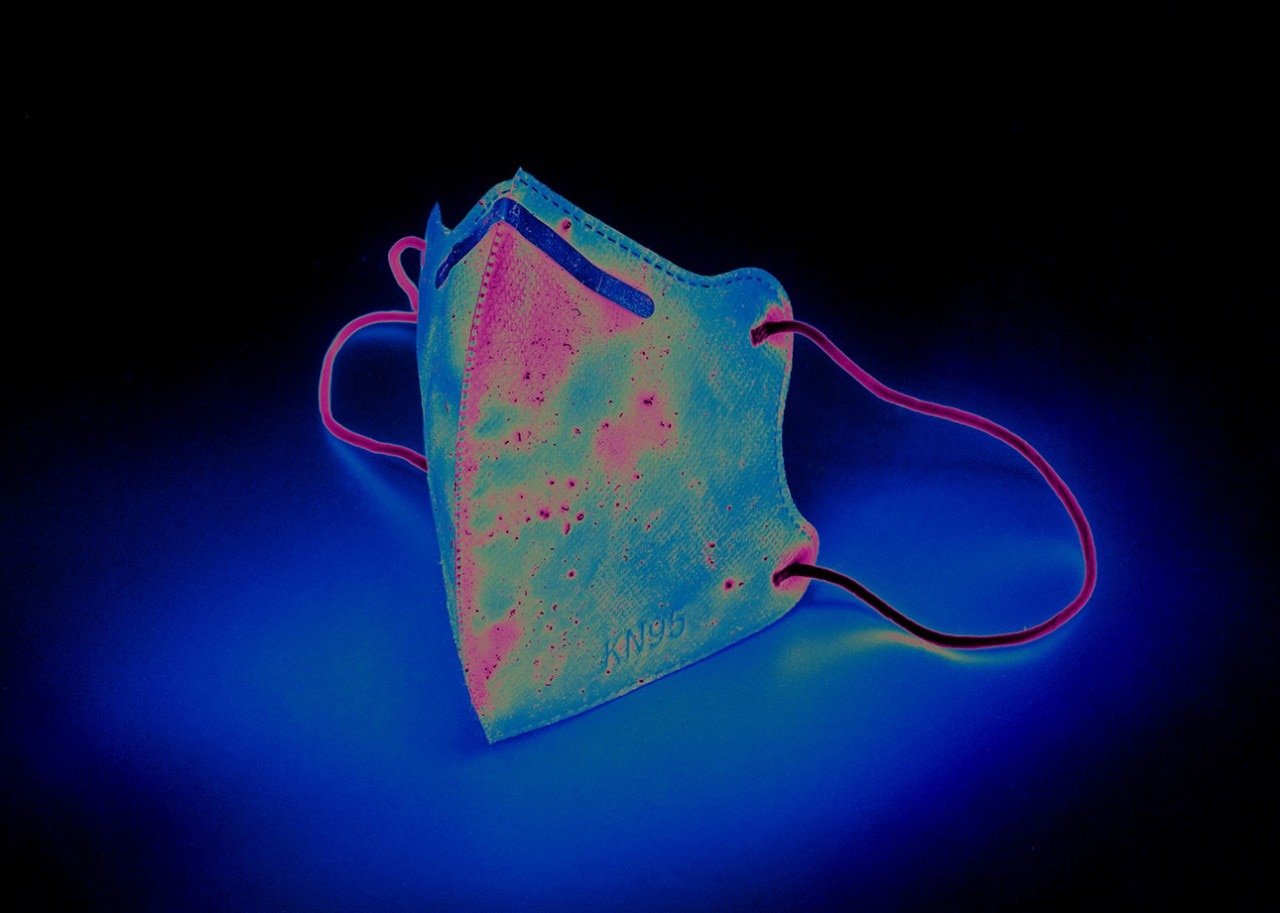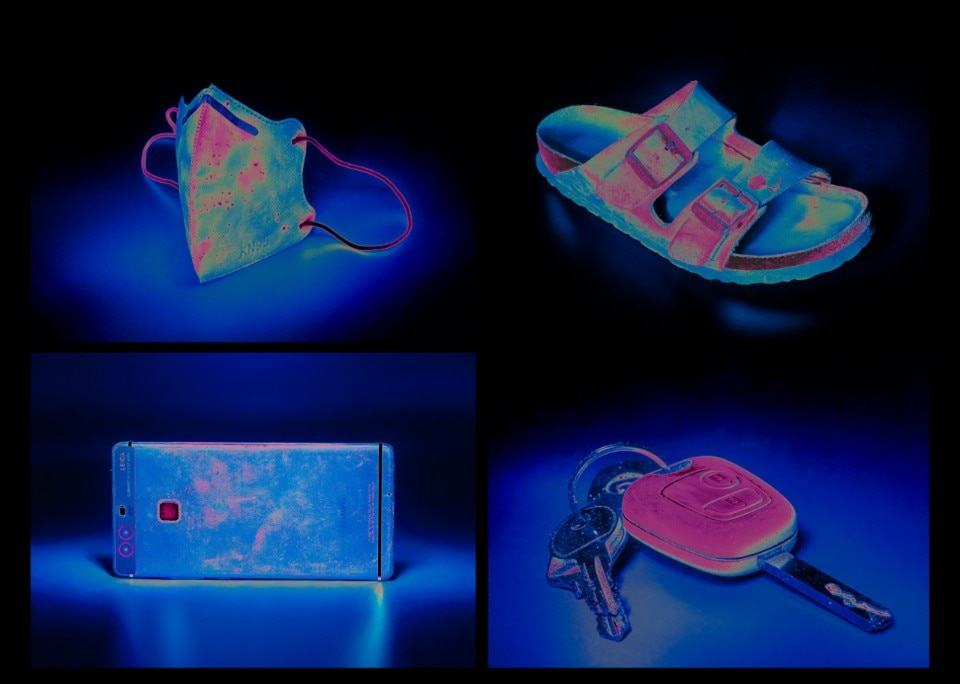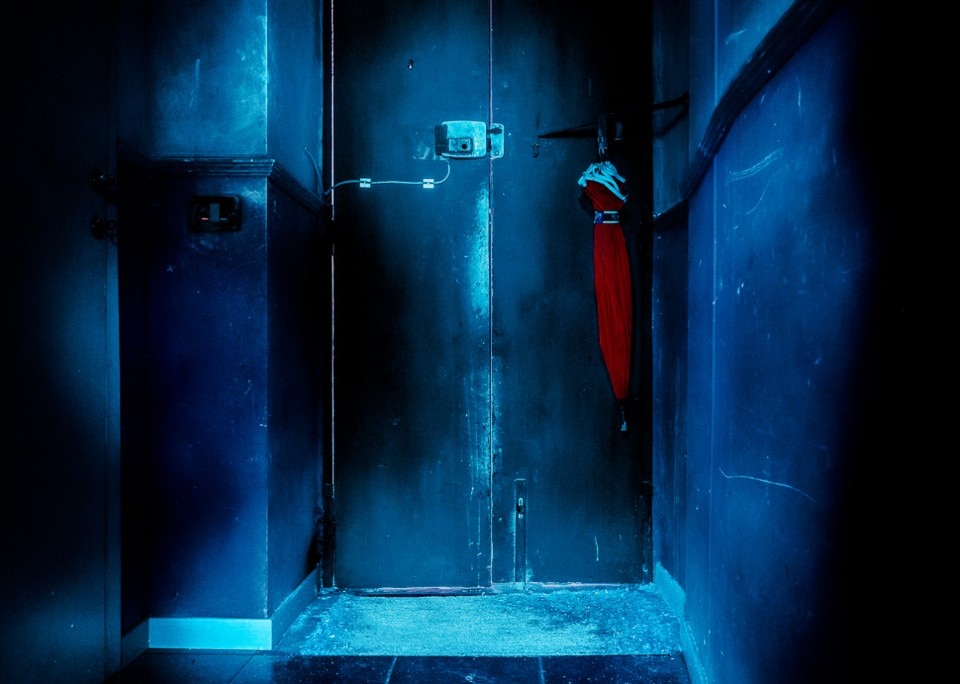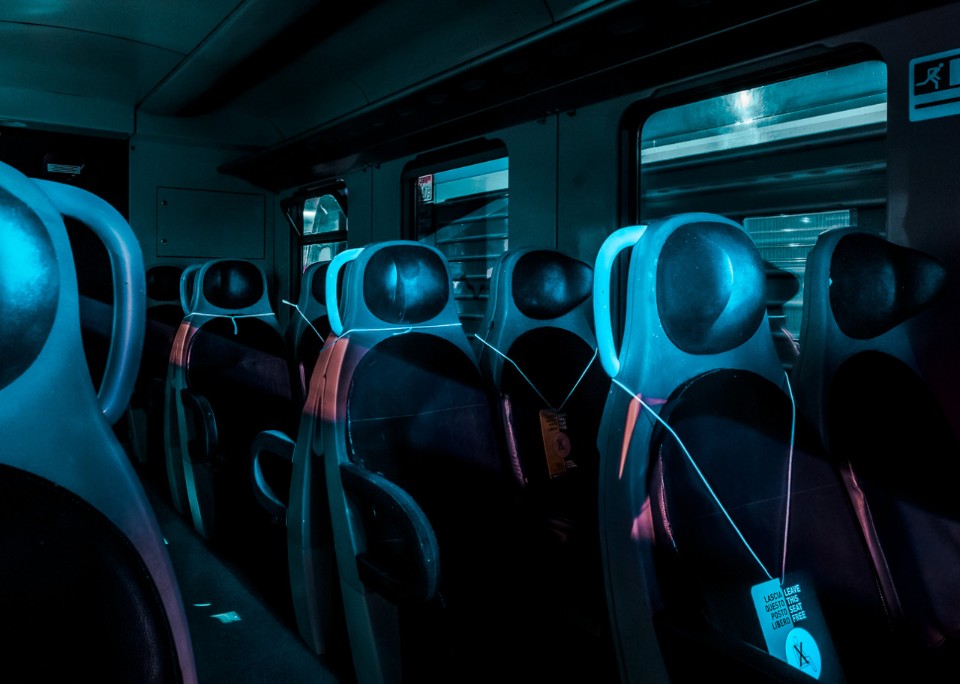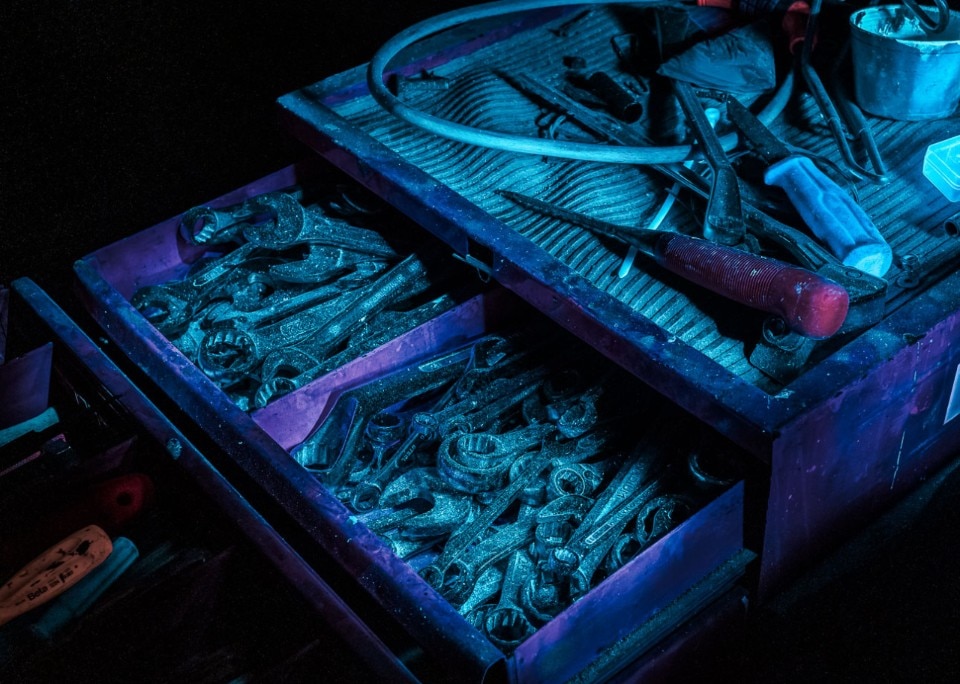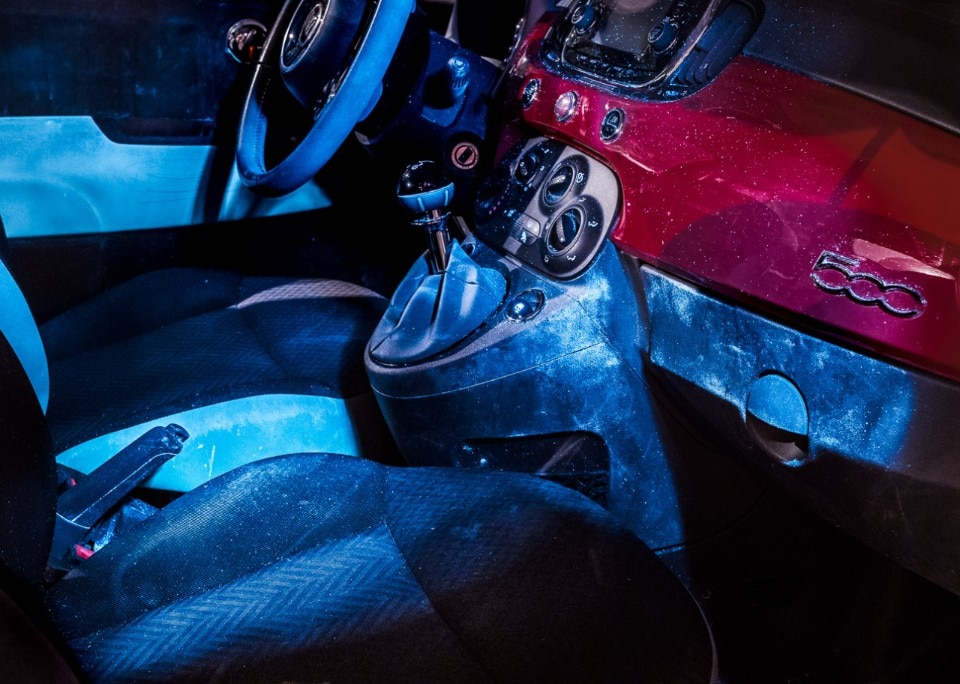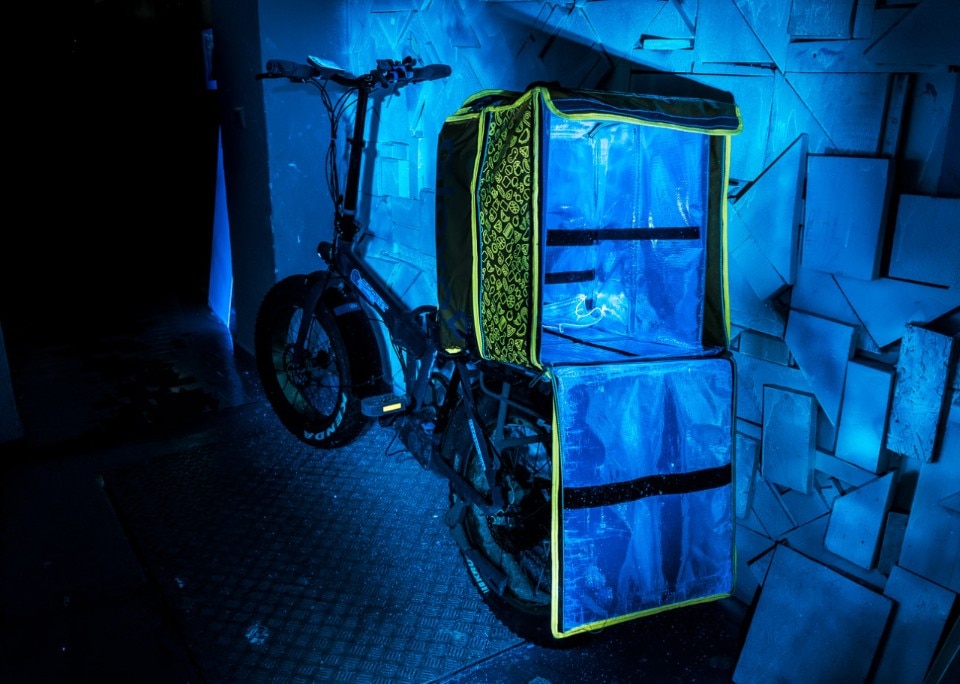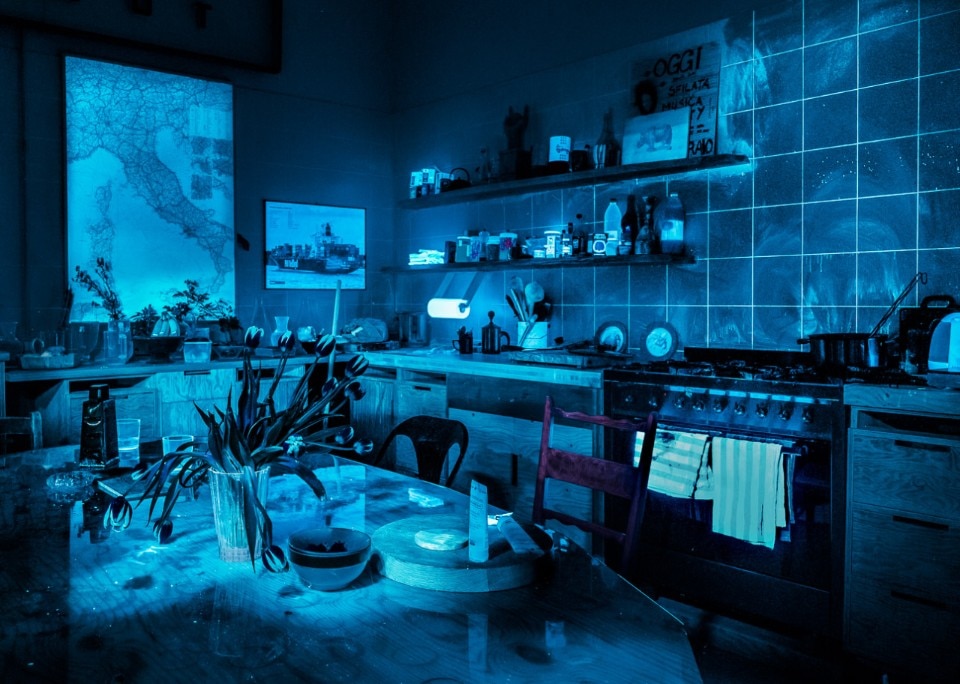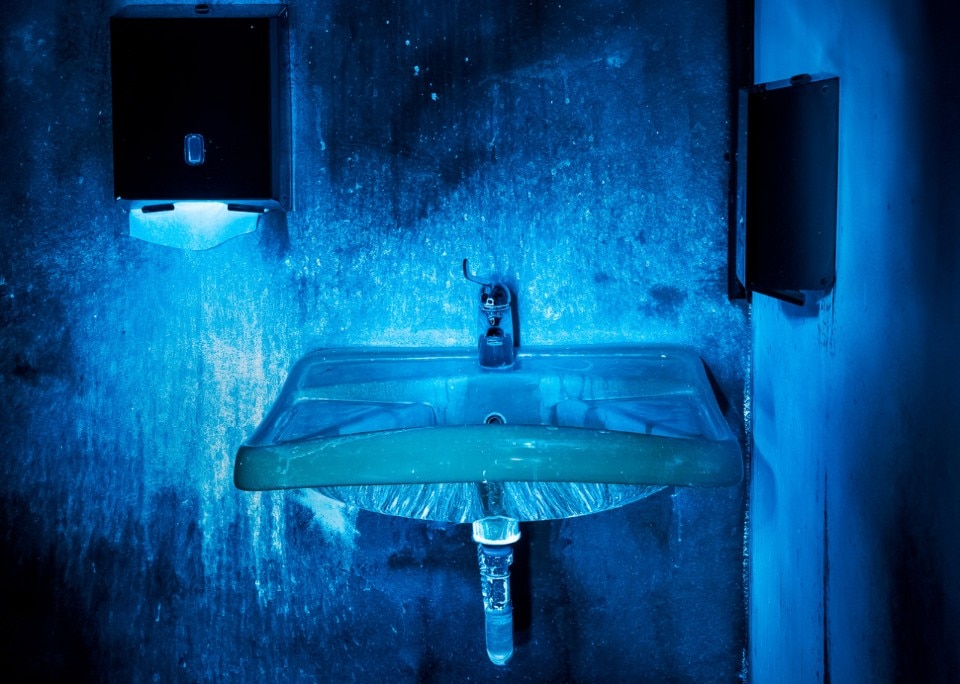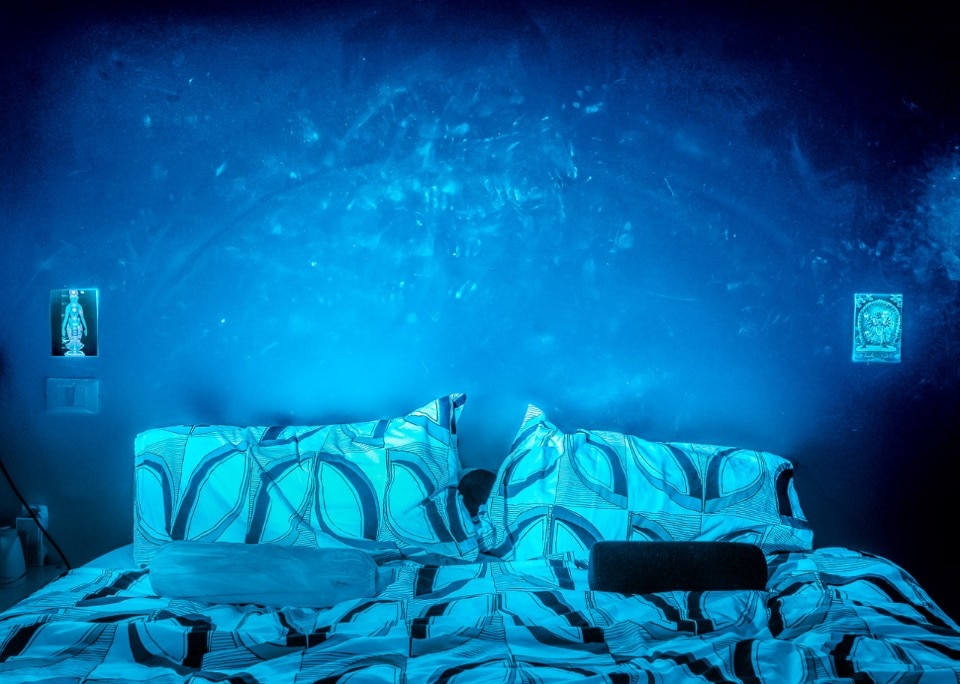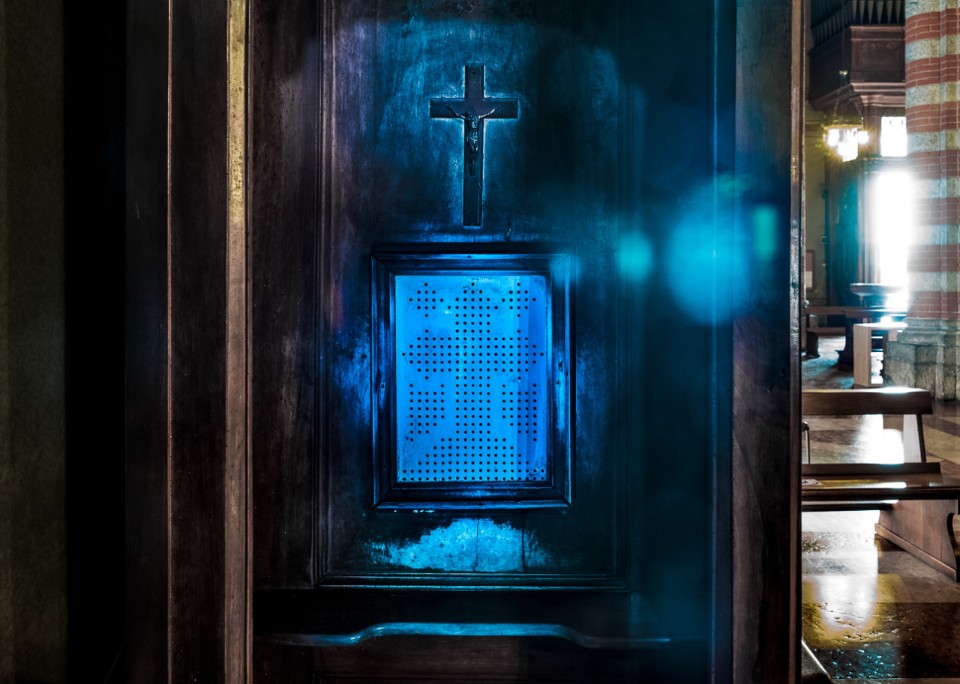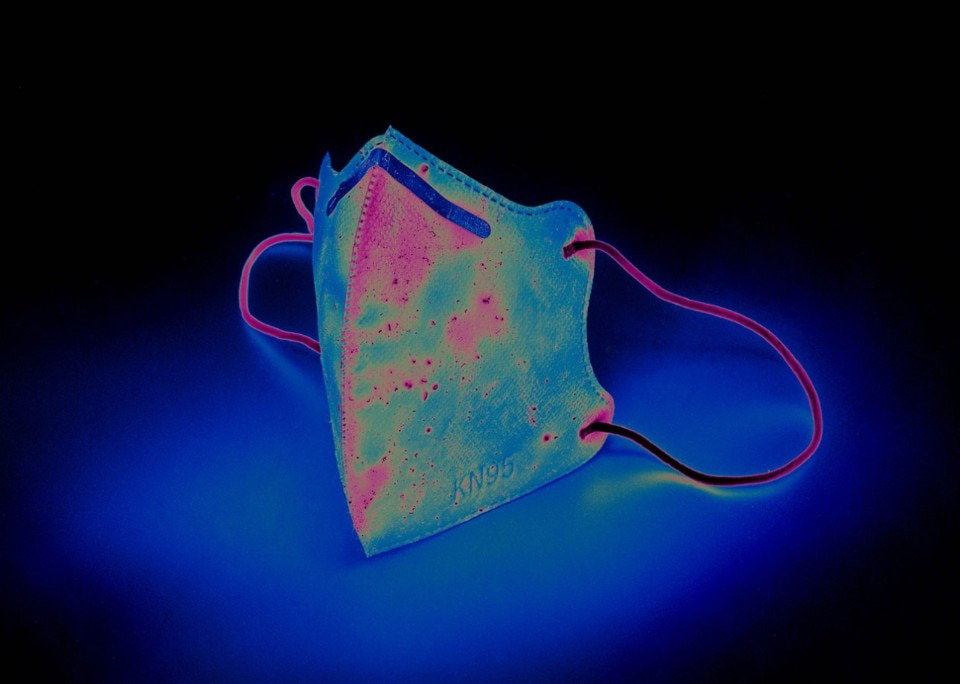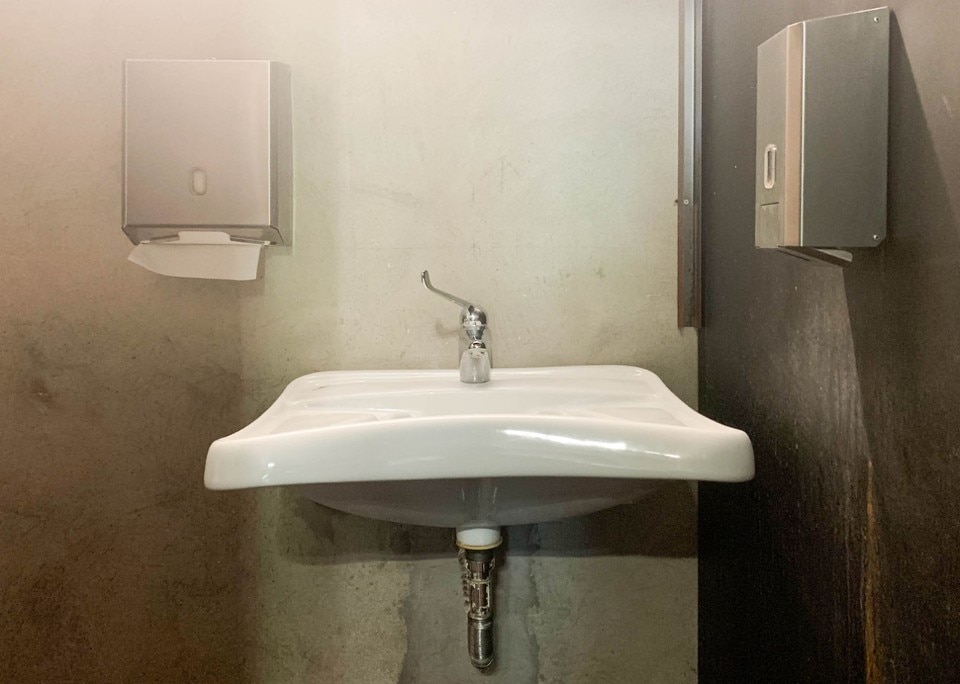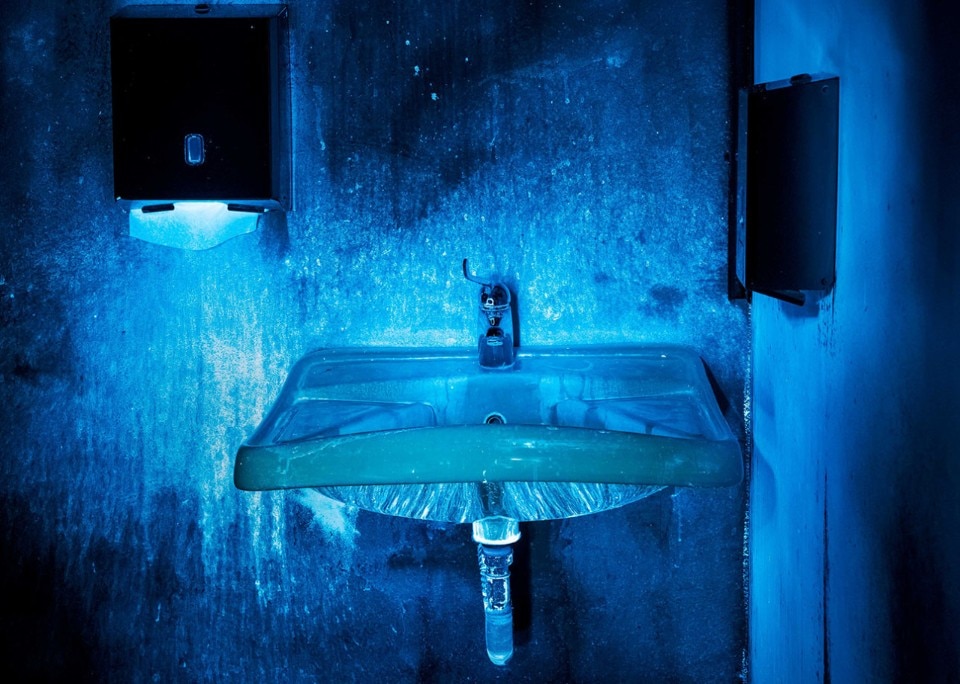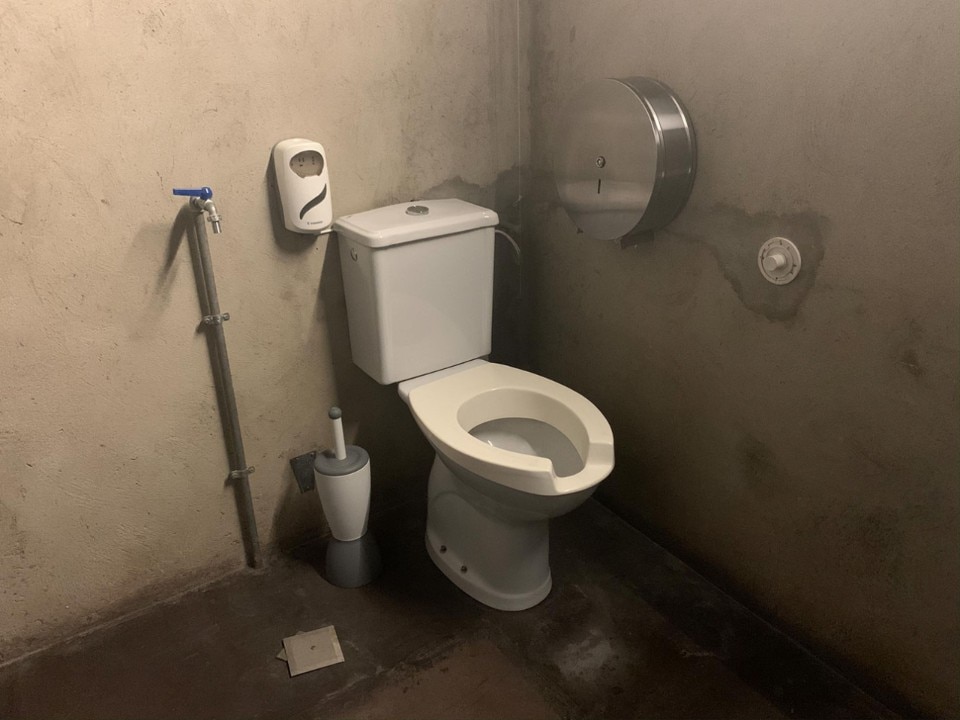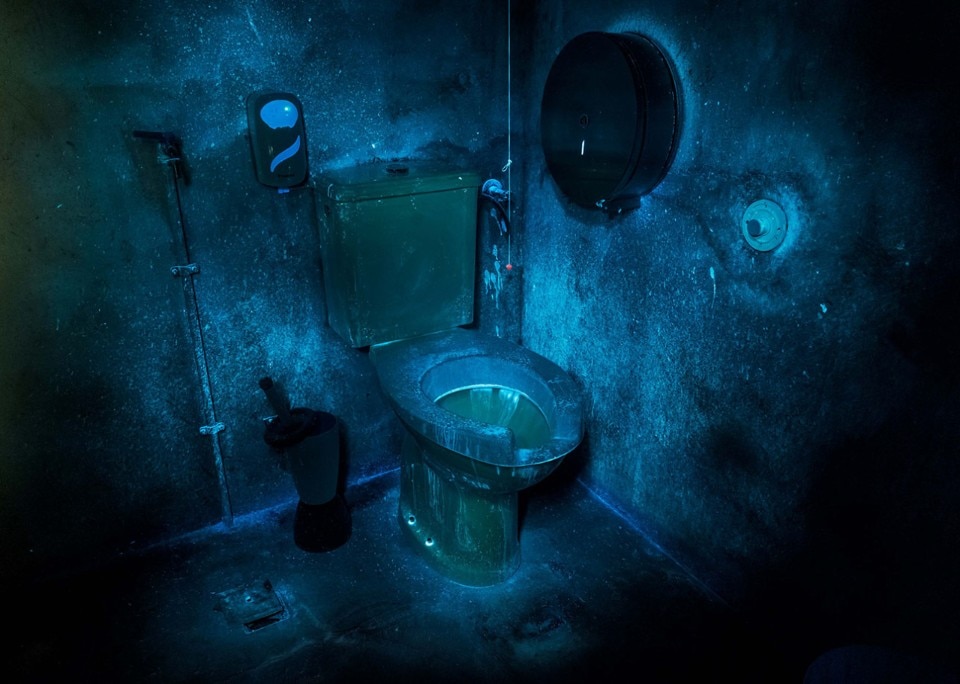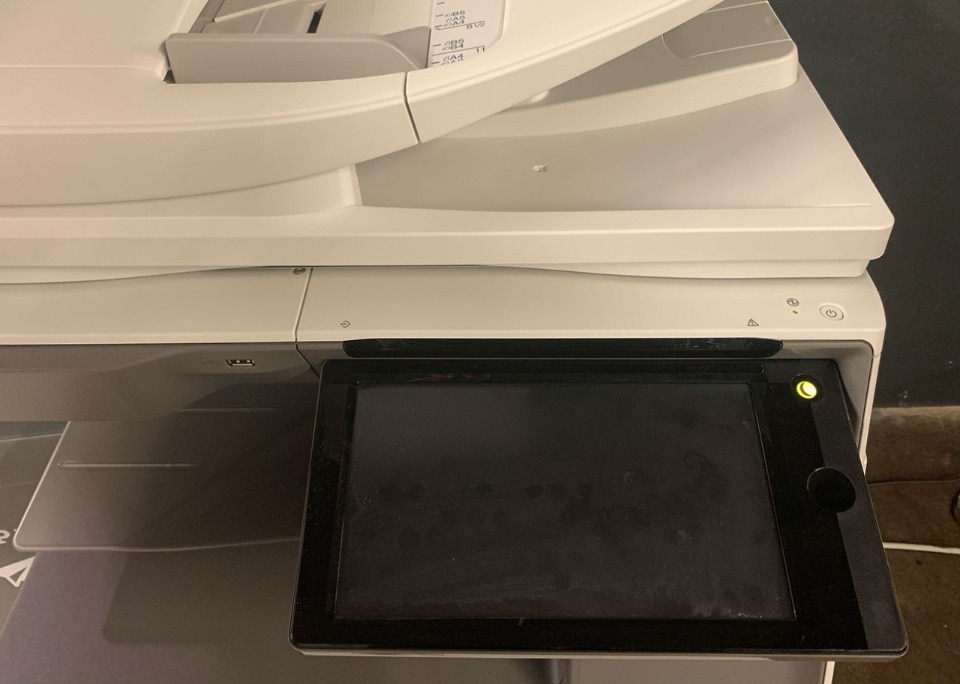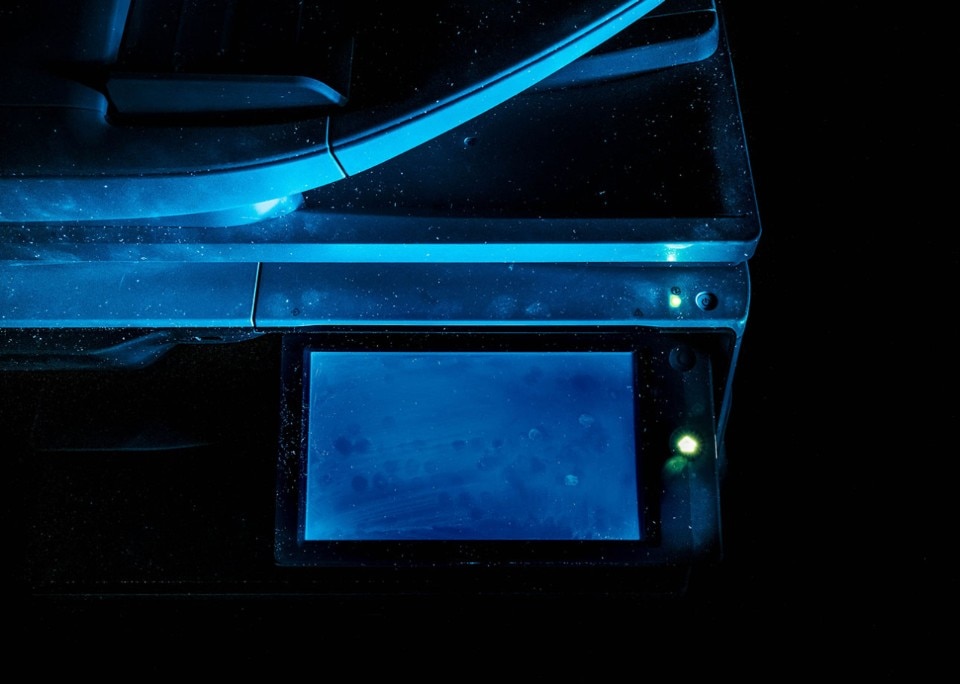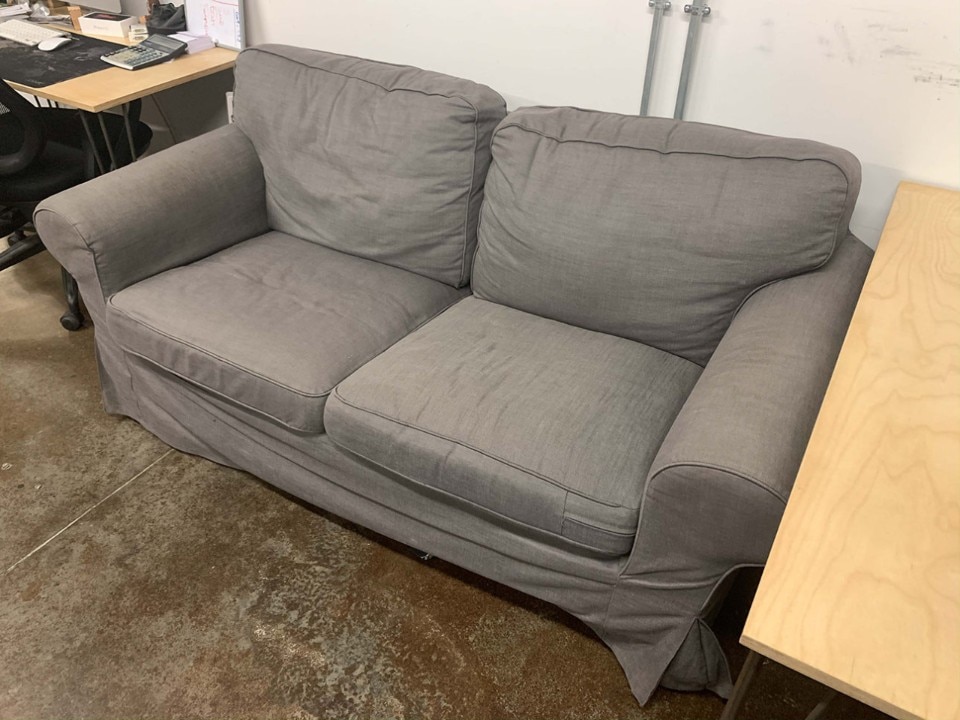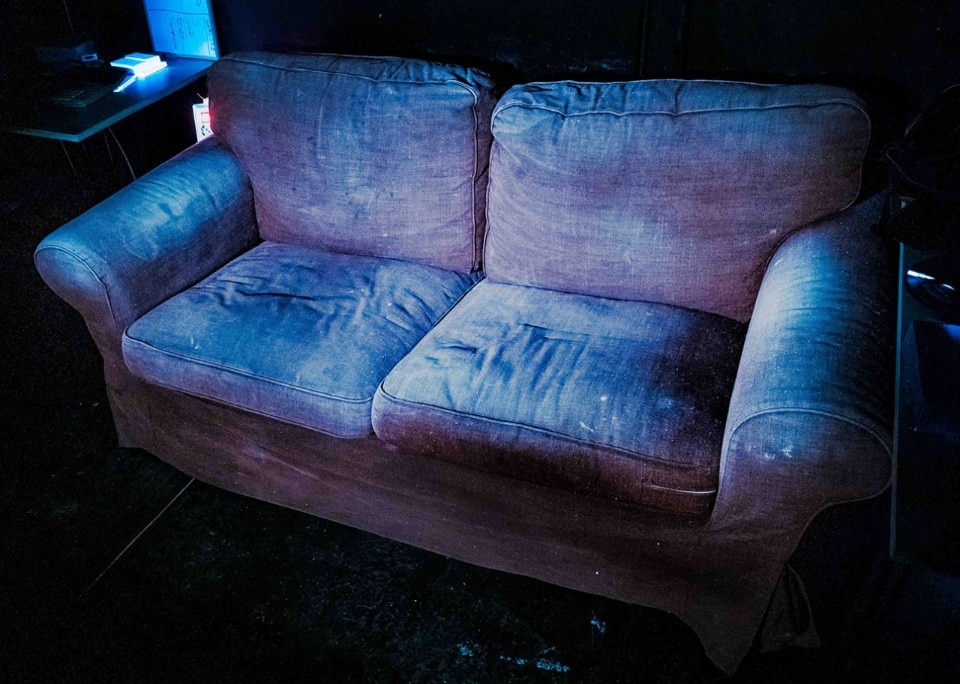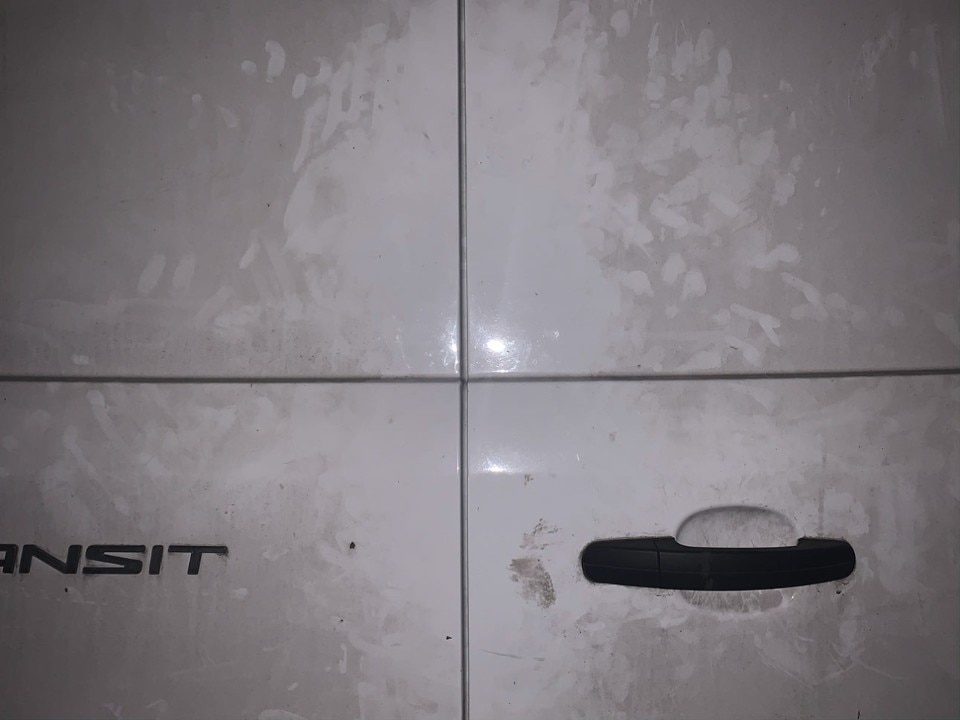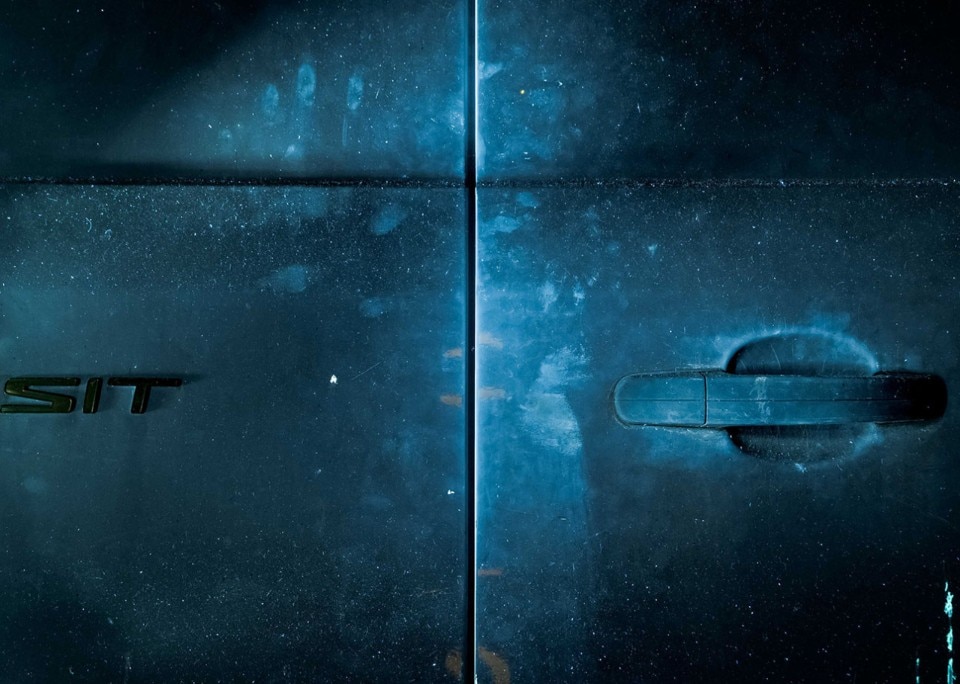The video of the Japanese experiment on how and how quickly the Coronavirus can spread during a buffet has become, sad irony, literally viral. When the lights suddenly go out, and Wood's lamp reveals the presence everywhere of the fluorescent liquid used for the simulation — and of which at first the hands of just one "spreader" had been sprinkled — some of the protagonists instinctively start laughing. It's an embarrassed and vaguely guilty laugh, even if the purpose of the test documented by the NHK, the Japanese national broadcaster, was undoubtedly didactic, but it still comes to mind that there is nothing to laugh about.
Two photographers who take this very seriously are Marco Casino and Pietro Baroni. The germ of Pandemic Stains (pandemicstains.com), their four-handed and still ongoing work on multiple platforms, develops during the lockdown of March and April, and comes from an idea as simple to think about as it is complex to realize: making the invisible visible.
In fact, every day we leave behind us, in the places we frequent, traces of saliva, sweat, footprints and even urine and feces, all potential vehicles for the spread of virulent microorganisms: but ours is precisely an invisible trail, impossible to trace without professional tools.
This is how Casino and Baroni decided to contact the only Italian company that distributes the large, complex and expensive multi–spectrum light generators used by the forensic police and, after a remote training, they begun to probe the environments, public and private, where it is statistically easier for contamination to occur.
The images are disorienting — especially if compared with the versions taken with white light — because behind the pop surface they reveal all the biological traces that we leave at our passage and that, in case of virus positivity, could be a reason for infection.
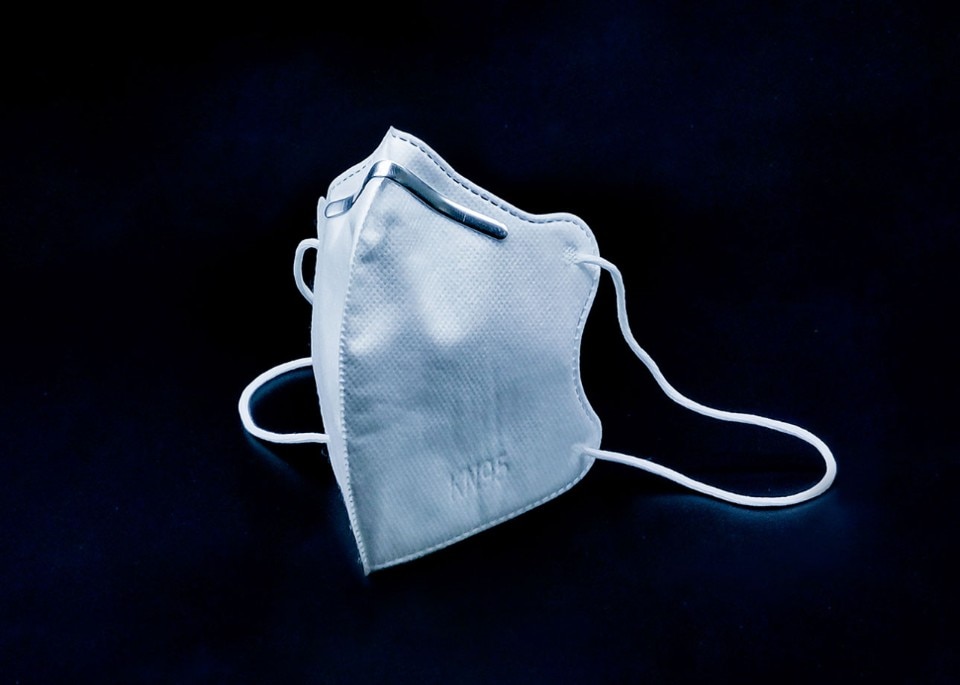
 View gallery
View gallery
A necessary condition to realize the photographs is complete darkness, which limits the field of action and lengthens exposure times, forcing a slow and meditated photography, where the experience already accumulated by the two authors in years of social reportage and multimedia projects must necessarily flow into a new approach, also and above all for such a massively topical subject.
By grafting a scientific component into the very human logic of a natural curiosity, Casino and Baroni immediately obtain two of the many hoped–for results, one with the implication of the other: on the one hand, images of strong impact, first aesthetic and immediately emotional afterwards, and on the other an unparalleled educational potential, not surprisingly already directed towards schools: while is still active on IdeaGinger (until the beginning of December) the crowdfunding campaign for the publication of a book that will represent only the first chapter of the project, with the help of the Archipelago19 collective a wider and more ambitious version of Pandemic Stains already arrives among students of first and second level secondary schools, technical schools that provide classes in art history, photography and cinema, and private courses in visual arts. And, due to new possible lockdowns, it does so with an exciting program already calibrated for the so-called Integrated Digital Didactics.
In spite of the fact that the book, thanks to its easy and tested diffusion and to the insights of the many experts involved, is at the moment the main objective to be achieved so that Pandemic Stains begins to contribute with immediacy not only to the national debate but also and above all to a decisive awareness of such an important theme on the part of the community, it will probably be precisely in this parallel incarnation that the deep civic sense and the ethical scope of the project will prove — or simply show — themselves with the strength of all the beautiful and useful things when they are finally made visible.


